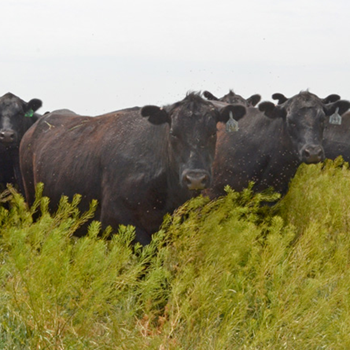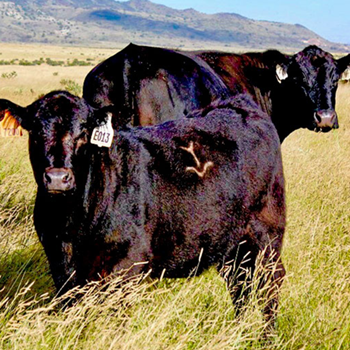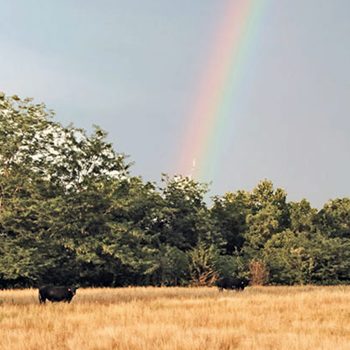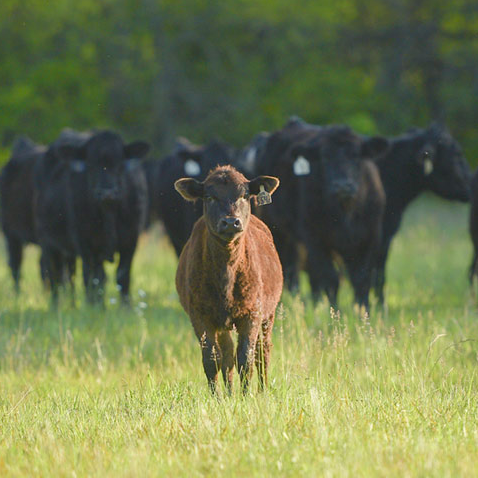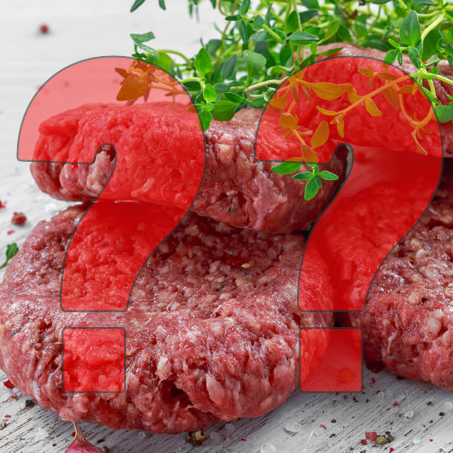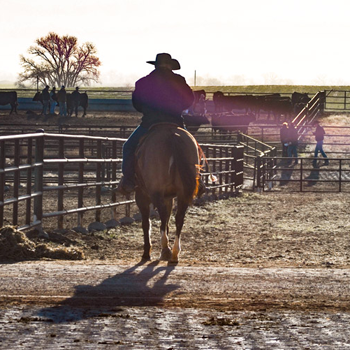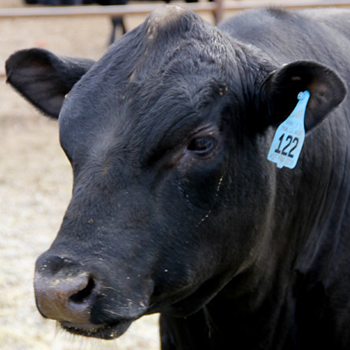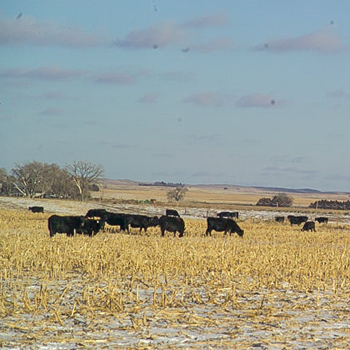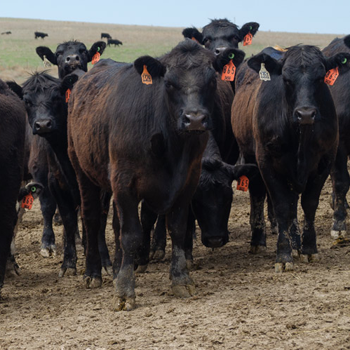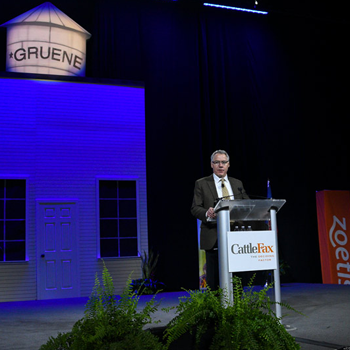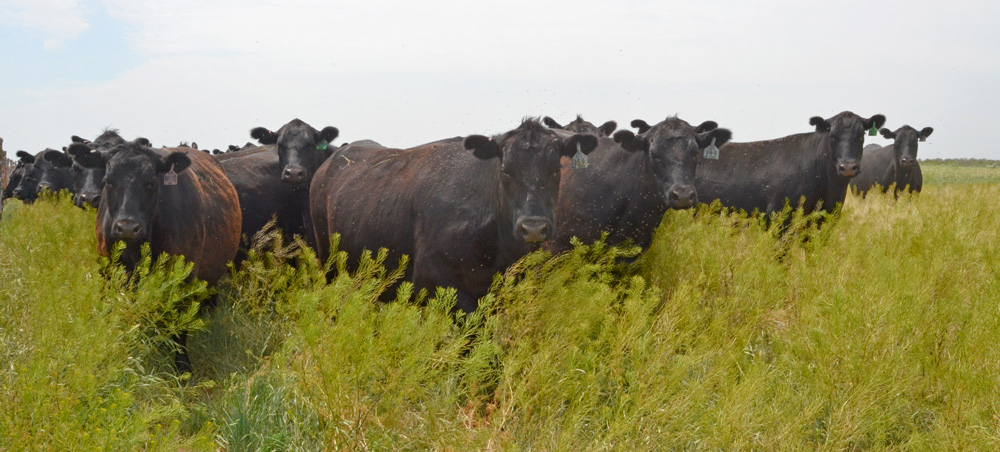
CattleFax Weather Outlook
La Niña making its reappearance puts much of cattle country in good stead.
“Welcome to the start of a La Niña!” Those words from climatologist and Creighton University professor emeritus Art Douglas serve as encouragement to farmers and ranchers across much of the United States. Those words mean weather patterns are expected to change. Speaking during the CattleFax Outlook Seminar hosted Feb. 6 in conjunction with the 2020 Cattle Industry Convention in San Antonio, Texas, Douglas said forecasting models indicate that development of La Niña is underway.
A weather-breeding phenomenon, La Niña is characterized by cooler-than-normal sea surface temperatures in the tropical region of the eastern and central Pacific Ocean. While sea temperatures along the equator haven’t cooled yet, Douglas explained that very cold water now found off the coasts of California and Chile is a precursor for rapid development of La Niña.
“The NOAA (National Oceanic and Atmospheric Administration) forecasts, now, are indicating that by July we are going to have a La Niña,” stated Douglas.
With the change come expectations for a reversal of weather patterns associated with the lingering El Niño phase that began in 2014. So the wet conditions that have challenged crop planting and hay harvesting, and caused flooding and prolonged muddy conditions in much of cattle country are likely to shift toward drier and warmer weather patterns.
Douglas said expectations for spring include cold in the Great Lakes region, and warmer temperatures in the Corn Belt and the West. Throughout the spring, dry conditions are expected to intensify in the Southwest, central Rockies and Plains regions. His forecast called for a hot summer in the High Plains and West, but near-normal temperatures in the Midwest.
“The Corn Belt should be okay for both moisture and temperature,” predicted Douglas, saying there is no reason to expect a repeat of 2019’s flooding.
Generally drier summer weather is expected for most of the United States, except in the Pacific Northwest and Southeast. For a good many U.S. cattle producers, the forecast looks favorable. Douglas said there is concern, however, that La Niña could bring drought to Texas and the Southwest.
Editor’s note: Troy Smith is a cattleman and freelance writer from Sargent, Neb.

